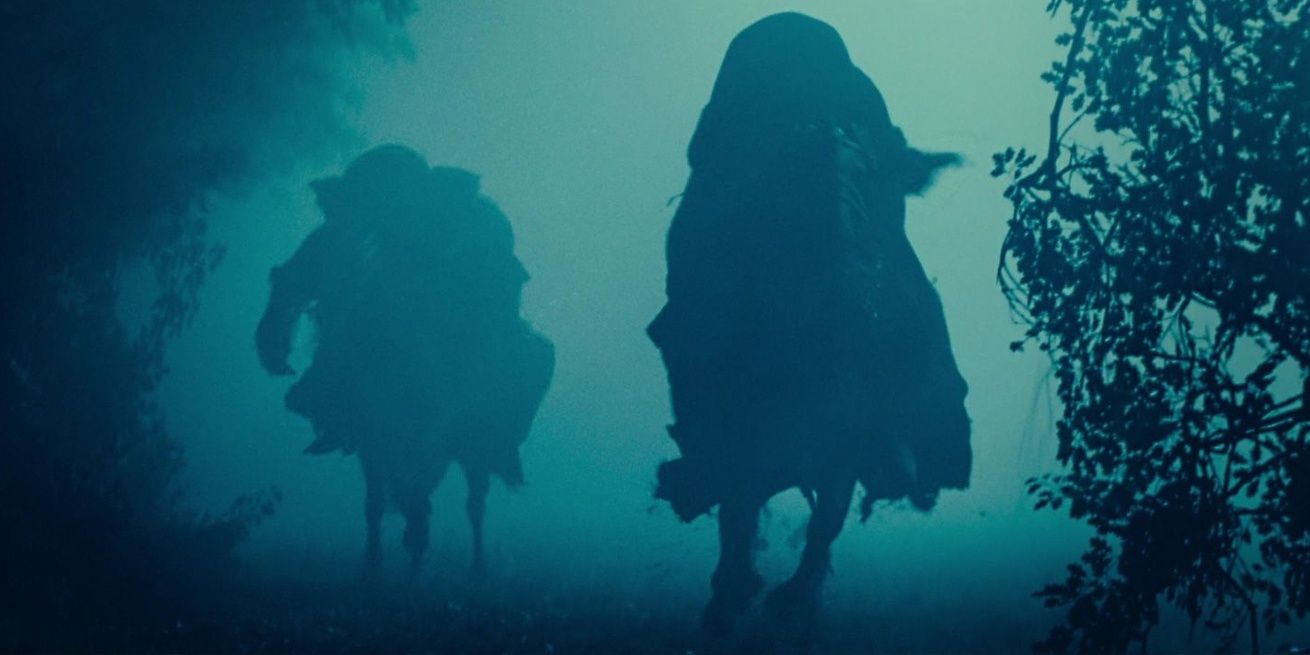One of the most difficult challenges for any writer is to create a convincing world, full of all the beauty and the pain and the subtle nuances of real life. And then, they must populate with a cast of living, breathing characters who feel as if they could be someone that the reader knows. This is a challenge that J.R.R. Tolkien devoted his life to as he built Middle Earth, undid it, rebuilt it, changed it, and then rewrote it again, several times across the span of almost 80 years.
These several different versions were especially important when it came to getting his characters right, most crucially in the Lord of the Rings. For example, why did he rewrite the character of Gollum? Likewise, Aragorn was originally written as an unlikely creature. But instead, Tolkien eventually presented Aragorn as a noble king of men, a ranger of Dunedain blood, and a descendant of the long line of Beren and Luthien.
Some of the writer’s biggest edits and adaptations of the original script centered around the wizards, their routes and journeys, and their transitions to great and to evil. This is most prominent in relation to Saruman, and to the fall of Isengard, which was given several different renditions before it was finally published in the Two Towers. J.R.R’s son Christopher Tolkien (who hated Peter Jackson’s movie adaptations) published a collection of Unfinished Tales, collating and making sense of several of these earlier drafts of Tolkien’s writing. These writings may not have made the final cut, but they potentially add lots of depth to understanding of the characters and their actions. One of the most notable sequences is a large body of text in which the nine Ring Wraiths made their way to Isengard in search of the One Ring for their master Sauron. They were actually tricked and misdirected by the white wizard Saruman into going to The Shire.
During this early account of the tale, Saruman had Gandalf trapped on the Tower of Orthanc as in the version known today. However, Saruman is linked to Sauron through the Palantir that he has been using to delve into the magic of the rings. The dark lord has become suspicious, so the Nazgul arrive in Isengard to glean whether the white wizard has gained any new information that may help them discover the whereabouts of their master’s most precious object. Saruman leaves them waiting at the gate, and tells them that he will find out from Gandalf the exact whereabouts of the ring within The Shire. However, when he goes to the top of the tower, he sees that Gandalf has been spirited away on the back of Gwahir. At that moment:
"[…] His pride reasserted itself in anger at Gandalf’s escape from impenetrable Isengard […] He went back to the gate, and he lied, saying that he had made Gandalf confess. He did not admit that this was his own knowledge, not being aware of how much Sauron knew of his mind and heart."
This is a fascinating rendition of Saruman. In moments throughout the text, he seems torn. On one hand, he has a fear of the terrible Nazgul, having finally beheld them with his own eyes. This makes him want to turn away from the service of Mordor and return to the path of goodness with Gandalf. On the other hand, he has a need to impress these servants of the Dark Lord and prove himself worthy of being the next dominator of Middle Earth. Luckily for him, Saruman’s wizarding power is that of persuasion. He can use his voice to change even the most loyal of hearts towards his bidding. He is therefore able to trick the Nazgul:
‘This skillful speech convinced even the Witch-king for the moment that Saruman was a faithful ally, high in Sauron’s confidence. At once the riders left the gate and rode in haste to the Fords of Isen.’
But despite having tricked the loyal followers, it is clear that Saruman was not able to pull the wool over Sauron’s eyes, and that Sauron already knew the duplicitousness in the wizard’s heart.
Saruman was hoping to learn more of the location of the ring from Gandalf, so that he could seize it for himself and claim its ultimate power. However, the ring only answers to Sauron, and as the ultimate villain, he was simply biding his time. Sauron was only waiting for Saruman to destroy Rohan, and weaken the defense of men against orc forces. Then he would rise up to smite the white wizard, once he no longer served any useful purpose.
Although th story never made it to the published version of Tolkien’s books, it would have been an interesting thing to have seen play out, especially in the movie adaptations. Would the Nazgul have come back to punish Saruman once they figured out that they had been duped? Would it have possibly led to the wizard switching sides after all and finding some kind of redemption? As Saruman rejects Gandalf and Galadriel’s help many more times before the book is through, it seems more likely that this ruse may have just sealed his own demise.






